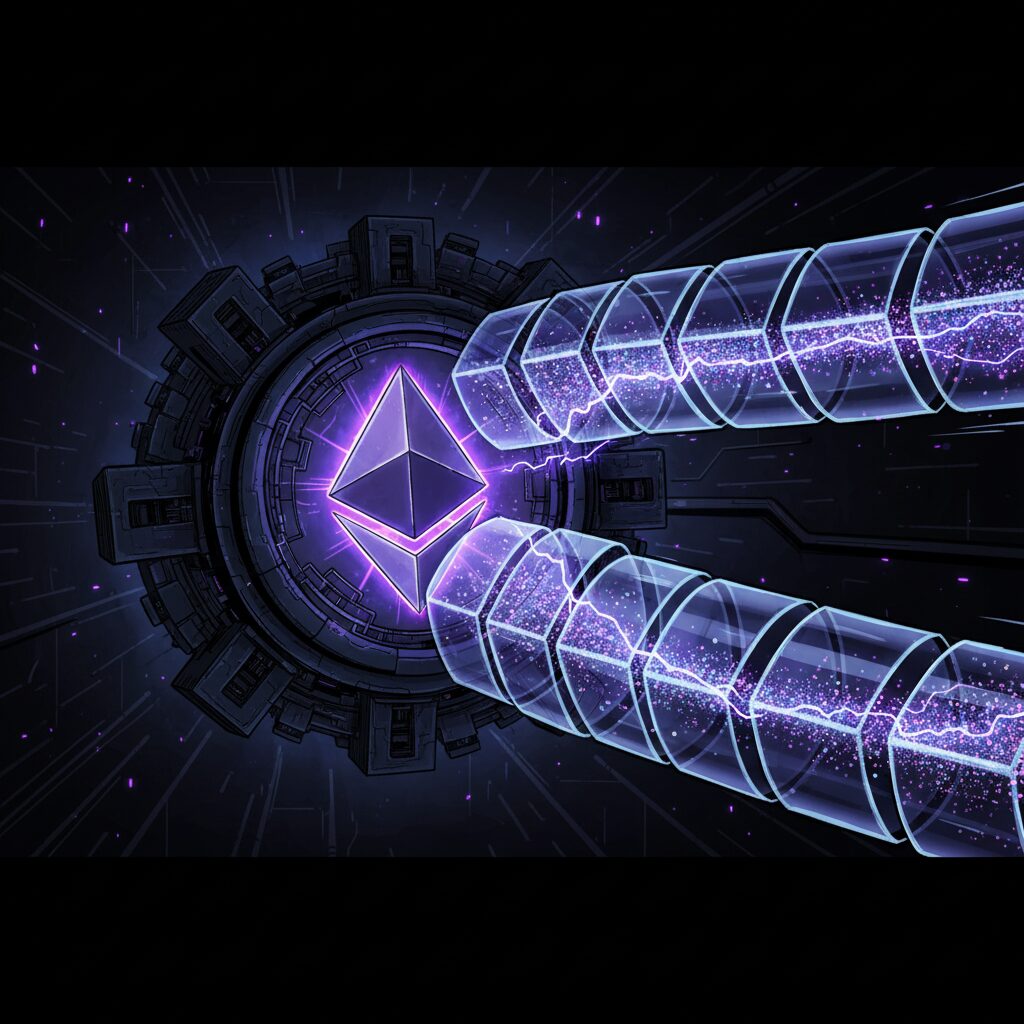Ethereum Gas Limit Reaches 60 Million, Boosting Network Capacity

The Ethereum network has reached a significant milestone in its execution capacity, with the mainnet block gas limit climbing to 60 million for the first time in four years. This increase allows more transactions, token swaps, and smart contract executions to be included in each block, enhancing the network’s overall throughput.
The change was triggered automatically after more than 513,000 validators signaled their support for the new limit, pushing the network beyond the required threshold to move up from the previous 45 million ceiling. In practice, a higher gas limit can help ease network congestion during periods of high demand and support greater activity on the base layer.
A Community-Driven Push for Expansion
This development is the result of a coordinated effort that began in March 2024, when Ethereum developers Eric Connor and Mariano Conti launched an initiative called “Pump The Gas.” Their goal was to rally solo stakers, client teams, and community members to support a higher gas limit, arguing it would help scale the blockchain and reduce transaction fees.
The movement gained significant momentum toward the end of the year, with a growing number of validators signaling for the increase. This expansion of network capacity preceded the major Fusaka upgrade, which successfully launched on the mainnet on December 3 following its final testing phase.
Future Scaling and Smarter Adjustments
Community leaders view this achievement as just one step in a broader plan for expansion. Toni Wahrstätter, a researcher at the Ethereum Foundation, highlighted the rapid progress, noting it represented a twofold increase in a single year and was “only the beginning.”
Ethereum co-founder Vitalik Buterin confirmed that he expects growth to continue over the next year, but through more targeted and less uniform adjustments. He envisions a future where the network’s overall capacity increases while certain inefficient operations become more expensive to execute.
Buterin’s comments point toward a more refined scaling strategy, combining larger blocks with smarter pricing mechanisms. This approach aims to ensure the network can expand safely without introducing new performance bottlenecks or security risks.










